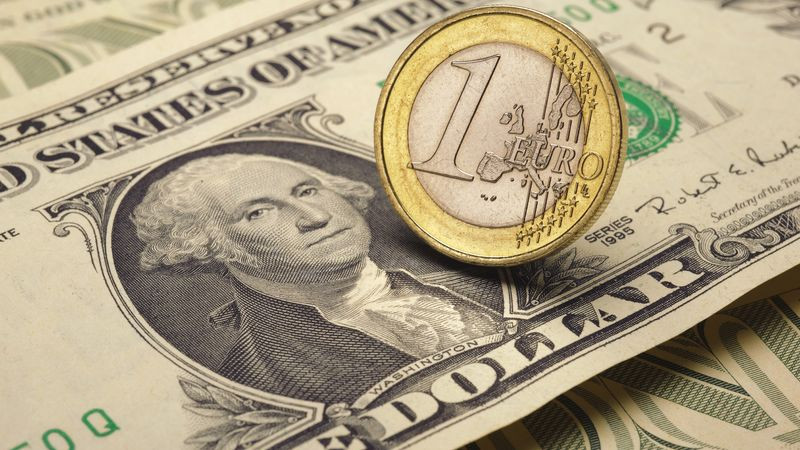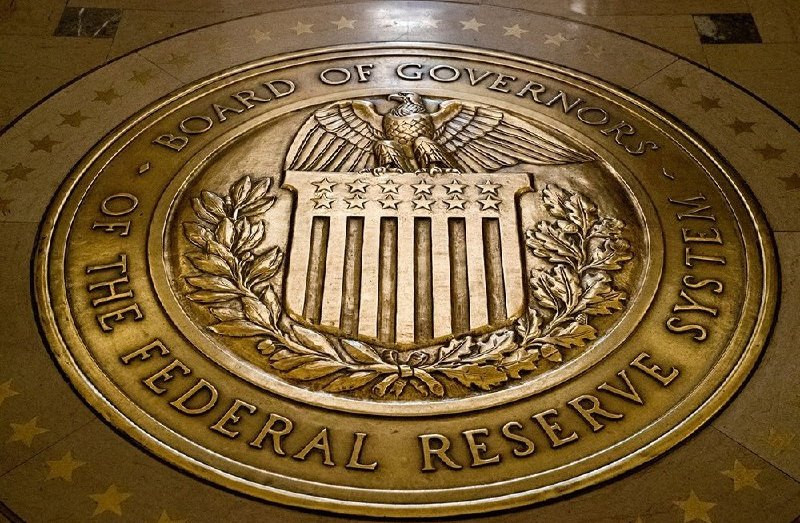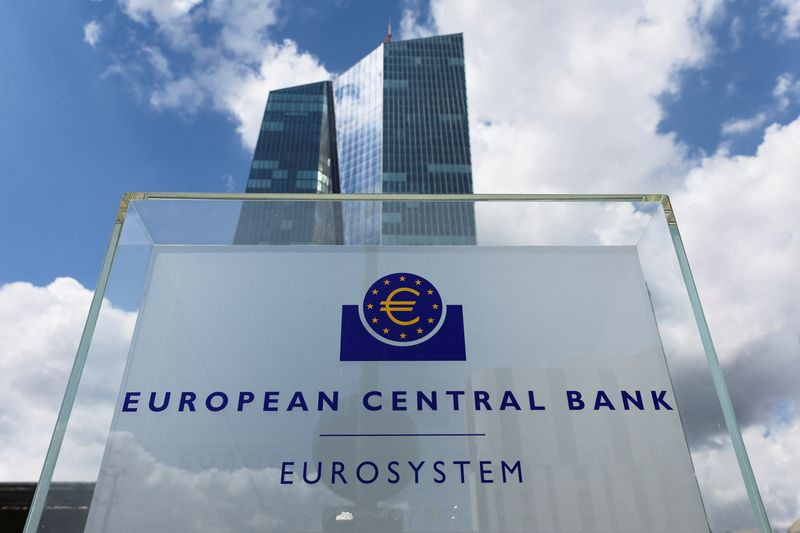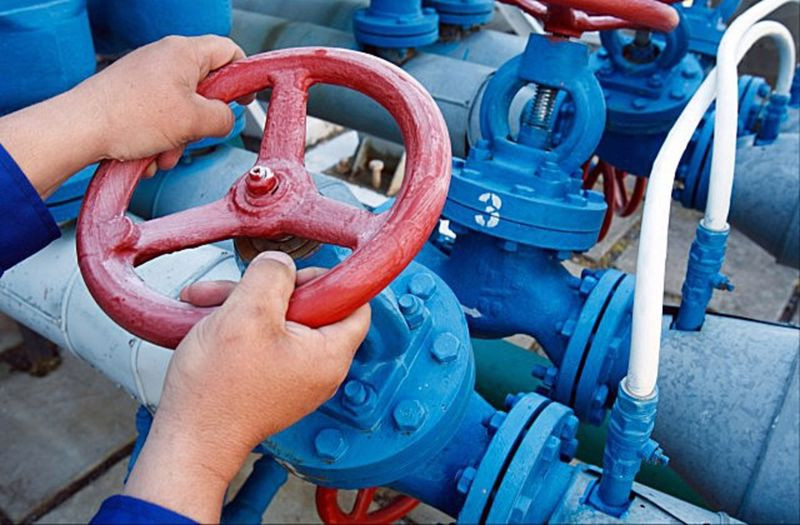
The dollar maintained a positive momentum at the start of the new week, while the euro remained under bearish pressure after falling 0.5% against the dollar on Friday.
The data on the United States, which came out at the end of the last five-day period, indicated that the Federal Reserve will stick to its aggressive tightening policy for the time being.
The number of jobs in the American economy increased by 263,000 in September. Last month the indicator grew at the lowest pace since April 2021. At the same time, it exceeded the market forecast of 250,000.
Meanwhile, the country's unemployment unexpectedly fell to 3.5% last month from 3.7% in August. Analysts assumed that the indicator would remain unchanged.
The decline in the unemployment rate in the United States raised the possibility of continued strong upward pressure on inflation from wages and led to an increase in US government bond yields.
"It is becoming increasingly clear that the labor market plays a critical role in the battle against inflation. If unemployment remains low, employers will be forced to raise wages to attract valuable workforce, boosting disposable incomes. The growth in purchasing power, in turn, will lead to increased demand for goods and services, spur prices and force the Fed to raise rates even higher," said CUNA Mutual Group specialists.
After the release of the September data on the US labor market, the yield on 10-year treasuries jumped more than 1%, rising above 3.9%. This served as a tailwind for the greenback and allowed it to outperform its main competitors, including the euro.
The strong U.S. employment data and the rise in treasury yields in response to it was a great combination for the dollar, Westpac strategists said.
"Strong data on the US labor market has become another evidence that the national economy is not experiencing difficulties. This only fuels the idea that the Fed's interest rate rhetoric will not change over the next three weeks," they said.

The comments made by Fed officials at the end of the last five days only strengthened investors' opinion that the central bank is far from finished raising rates, as it seeks to curb inflation.
Christopher Waller, a member of the Fed Board of Governors, said that the central bank will continue to raise rates at the beginning of next year, even if it sees signals that the economy is slowing growth, restraining inflation.
The head of the Fed Bank of New York, John Williams, in turn, noted the need to raise rates to 4.5% over time.
"The timing and the final level to which we will need to raise the rate will depend on the incoming statistical data. Now our priority is to return inflation to the level of 2%, while maintaining economic growth," he said.
Meanwhile, central bankers on the other side of the Atlantic are afraid of fixing inflation at an elevated level.
While wage growth in the eurozone remains moderate, despite a double-digit rise in prices in the currency bloc, consumers see inflation well above the European Central Bank's 2% target in the medium term.
It is for this reason that the central bank raised rates by 75 basis points and made it clear that it is ready to sacrifice economic growth in the eurozone.
A recession, which is becoming increasingly likely amid record energy prices and uncertainty about blackouts this winter, is unlikely to significantly reduce prices.
Officials in Frankfurt have indicated that they plan to raise the deposit rate to a neutral level - when it does not stimulate or restrict the economy - by the end of the year.
"Fear of rising inflation expectations has surpassed fears of a recession – the hawks in the ECB Governing Council are winning the debate. We expect another increase in interest rates in the eurozone by 75 basis points in October, an increase of 50 bps in December and a rise of 25 bps in February. At the same time, the deposit rate will complete the cycle at the level of 2.25%. This would leave politics in a restrictive territory – our estimate of neutrality for the eurozone is 1.5%," Bloomberg Economics analysts said.

The ECB should continue to significantly raise rates to fight record inflation, according to Bundesbank President Joachim Nagel.
"If inflation is 10%, but interest rates are only 1.25%, then the need for action is clear to me. Interest rates should continue to rise – and significantly," he said in an interview with the Suddeutsche Zeitung on Friday.
Answering the question whether the ECB's rate hike could exacerbate the recession, Nagel said that although a rate hike could put pressure on economic growth in the short term, high inflation is the biggest drag on growth.
The comments of the head of the Bundesbank did not provide significant support for the euro. Firstly, Nagel is a well-known hawk of the ECB Governing Council. Secondly, attention on Friday was concentrated on the other side of the Atlantic, where the dollar was rising and US stocks were falling after the release of a strong report on the US labor market, which indicated the continuation of the Fed's aggressive rate hike.
The weakening of the euro was also facilitated by the lack of consensus among EU leaders on agreeing ways to meet the continent's fuel needs in the coming winter.
Lengthy negotiations at a meeting in Prague on Friday on proposals to limit wholesale gas prices did not bring any solid results.
"Any measures that could weaken the economic effect of high energy prices this winter could support the euro. For the single currency, it is important that not one single EU member state decides on effective assistance measures, but that support measures operate throughout the euro area. Against this background, it seems problematic that there is a conflict at the EU level about what measures should be taken," Commerzbank analysts noted.
The energy crisis is radically changing the export-oriented economic structure of the eurozone, and this topic will prevent a rapid return to levels above parity in the EUR/USD pair, according to ING strategists.
"As in the case of the Fed, it is difficult to imagine that the ECB will want to significantly change its hawkish rhetoric at this stage. But unlike the Fed, the tightening of the ECB's policy does not help the single currency, and we expect that this week the EUR/USD pair will move towards the September lows of 0.9540," they said.

The market has not yet fully taken into account the consequences of the energy crisis in the eurozone in the euro exchange rate, Rabobank analysts believe.
"We maintain our forecast for the EUR/USD exchange rate at 0.9500 for one month and expect the pair to remain at this level or lower for several months. In our opinion, further rate hikes by the ECB will not be enough to prevent the euro from falling further against a strong dollar. Despite the appearance of signs of instability in the global economy, further aggressive Fed rate hikes are expected, which will help strengthen the greenback," they said.
On Monday, the EUR/USD pair sank to the lowest levels in a week around 0.9685, before it was able to regain some losses.
The euro came under pressure after it became known that the Sentix index of investor confidence in the eurozone economy in October fell to -38.3 points from -31.8 points. The value of the indicator has reached the lowest level since May 2020.
Meanwhile, the dollar benefited from the demand for safe assets after Moscow launched missile strikes on Ukrainian infrastructure in response to an explosion on Russia's only bridge to Crimea.
"The greenback receives support from risk-averse trading conditions at the beginning of the week, which partly reflects the hawkish change in expectations of a Fed rate hike, as well as some concern about the conflict in Ukraine," MUFG Bank analysts said.
The euro may benefit this week if Thursday's data show a slowdown in core inflation in the United States or if retail sales statistics in the country, which will be released on Friday, turn out to be unexpectedly weak.
However, any relief of the single currency is likely to be only fleeting.
The EUR/USD pair will remain heavy amid a strong dollar this week. The relative economic superiority of the US and the impending global recession suggest that sustained growth above 1.00 in the near term is unlikely, Commonwealth Bank of Australia strategists believe.
"Apart from the disappointment from the US data, the euro is still subject to new downturns. The key support for EUR/USD is around 0.9500, but there is a risk that new lows will be reached at the level of 0.9300-0.9200 by the end of the year," Intesa Sanpaolo economists noted.
As for the current picture, the key resistance is the 0.9720 mark (the Fibonacci retracement level by 61.8%). If the pair fails to return this level, additional losses in the direction of 0.9650 and 0.9600 are possible.
On the other hand, resistance above 0.9720 is located at 0.9780 (50% Fibonacci retracement level), and then at 0.9820 (50-day moving average).
 English
English 
 Русский
Русский Bahasa Indonesia
Bahasa Indonesia Bahasa Malay
Bahasa Malay ไทย
ไทย Español
Español Deutsch
Deutsch Български
Български Français
Français Tiếng Việt
Tiếng Việt 中文
中文 বাংলা
বাংলা हिन्दी
हिन्दी Čeština
Čeština Українська
Українська Română
Română

